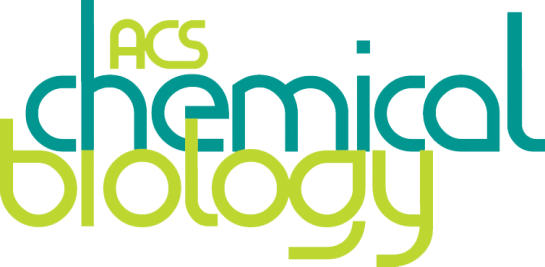
2-Heptyl-4-hydroxyquinoline N-oxide (HQNO), a major secondary metabolite and virulence factor produced by the opportunistic pathogen Pseudomonas aeruginosa, acts as a potent inhibitor of respiratory electron transfer and thereby affects host cells as well as microorganisms. In this study, we demonstrate the previously unknown capability of environmental and pathogenic bacteria to transform and detoxify this compound. Strains of Arthrobacter and Rhodococcus spp. as well as Staphylococcus aureus introduced a hydroxyl group at C-3 of HQNO, whereas Mycobacterium abscessus, M. fortuitum, and M. smegmatis performed an O-methylation, forming 2-heptyl-1-methoxy-4-oxoquinoline as the initial metabolite. Bacillus spp. produced the glycosylated derivative 2-heptyl-1-(β-d-glucopyranosydyl)-4-oxoquinoline. Assaying the effects of these metabolites on cellular respiration and on quinol oxidase activity of membrane fractions revealed that their EC50values were up to 2 orders of magnitude higher than that of HQNO. Furthermore, cellular levels of reactive oxygen species were significantly lower in the presence of the metabolites than under the influence of HQNO. Therefore, the capacity to transform HQNO should lead to a competitive advantage against P. aeruginosa. Our findings contribute new insight into the metabolic diversity of bacteria and add another layer of complexity to the metabolic interactions which likely contribute to shaping polymicrobial communities comprising P. aeruginosa.
